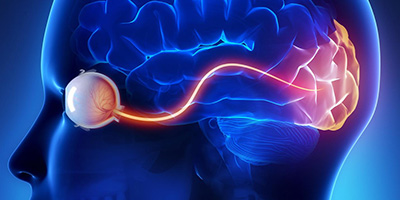Advantages
TCD can be done at the bedside, is non-invasive and gives ‘real time’ (means instant) imaging of the blood vessels of the brain.
When done?
It is usually done to diagnose the following conditions:
- Acute Stroke Diagnosis and therapeutics
- Cerebral Emboli
- Monitoring Vasospasm in Subarachnoid Hemorrhage
- Sickle cell anemia
- Diagnosis of PFO
- Cerebral Circulatory Arrest
- Cerebral Vasomotor reactivity
- Intracranial Stenosis
Sonothrombolysis
Thrombolysis is a type of treatment given in stroke where clots in blood vessels are dis-solved by medicines. Use of ultrasound enhances the effect of thrombolysis. Hence thrombolysis is combined with TCD Ultrasonography to get better results in cases of stroke.
A preventive diagnostic test for blood vessels of Brain




